Nestled in the northern Great Plains, North Dakota harbors small communities where modern life seems to move at a different pace. These quaint towns preserve architecture, traditions, and lifestyles that harken back to simpler eras.
Many display remarkably intact historic districts, operating businesses that have served generations, and cultural practices that connect residents to their pioneer roots. Here is a list of 15 North Dakota towns where visitors might feel they’ve stepped through a portal to the past.
Medora
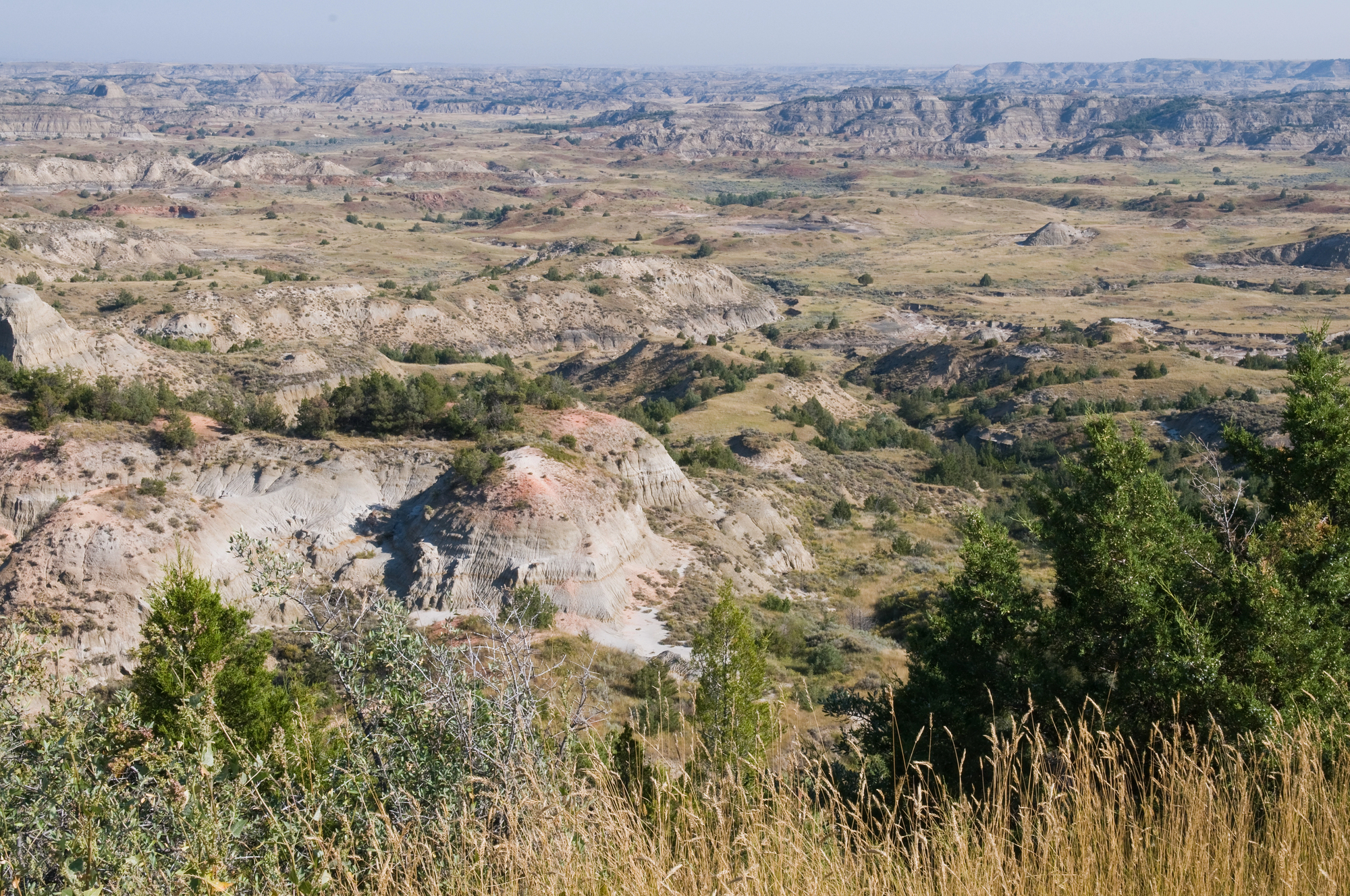
This tiny western town – with fewer than 150 permanent residents – serves as a living monument to the days when Theodore Roosevelt ranched in the badlands. The entire downtown maintains its frontier aesthetic with wooden boardwalks and historic storefronts dating to the 1880s.
The Rough Riders Hotel continues operation with much of its original structure intact, while evening performances at the Burning Hills Amphitheater celebrate regional heritage through music and storytelling that hasn’t changed substantially in decades.
Jamestown

Known for housing the world’s largest buffalo monument, Jamestown preserves its historical essence through meticulously maintained early 20th century architecture. The downtown district – featuring ornate brick buildings with detailed cornices and period storefronts – transports visitors to the railroad boom days. Frontier Village recreates an authentic pioneer town, complete with actual historic buildings relocated from across the state.
Local businesses still operate on handshake agreements, and multi-generational family farms surround the community just as they have for over a century.
Like Travel Pug’s content? Follow us on MSN.
Walhalla
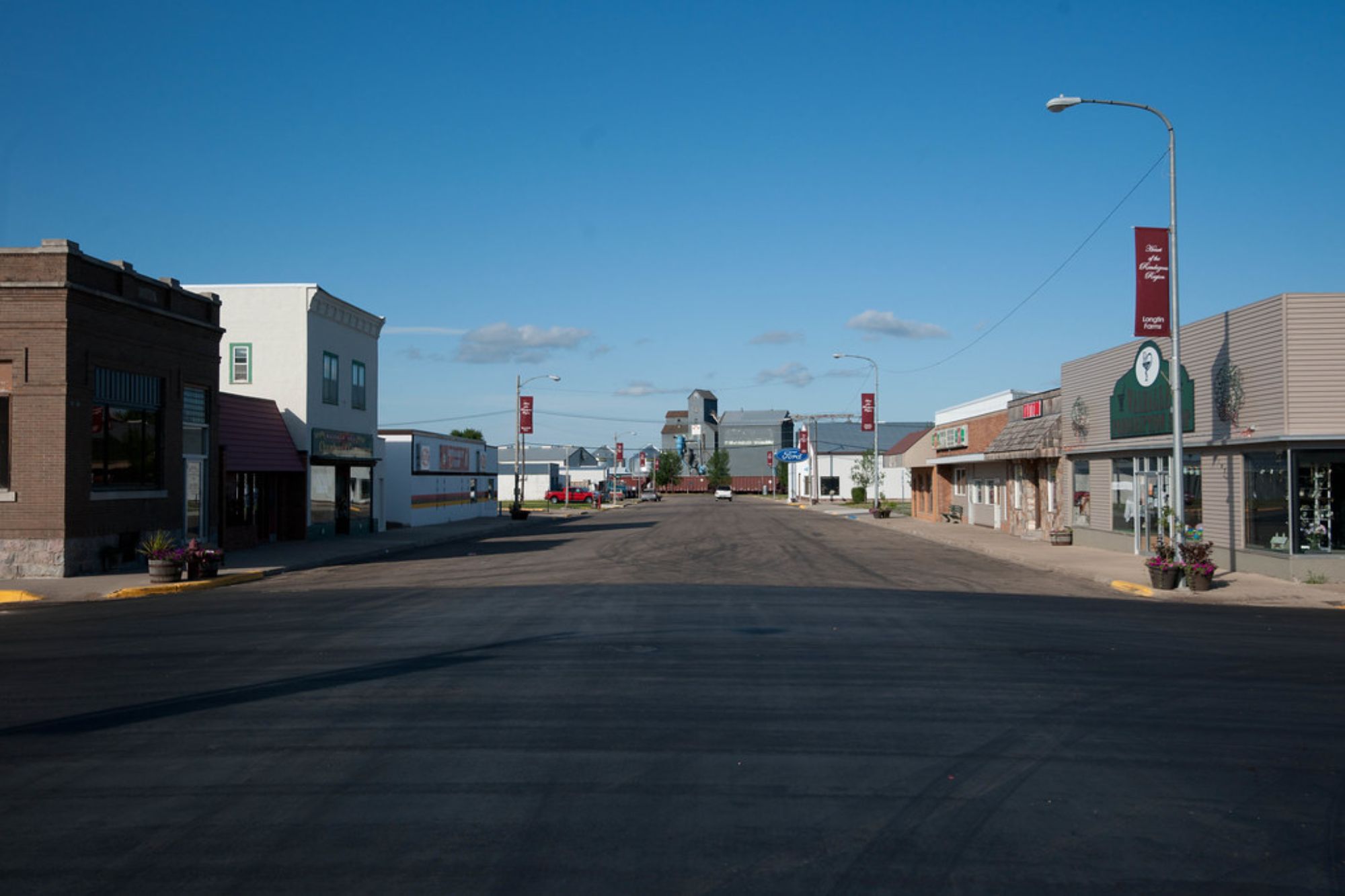
Tucked into the scenic Pembina Gorge, Walhalla retains the quiet charm of its founding days. The town’s historic flour mill – built in 1897 – stands as a reminder of the settlement’s agricultural roots.
Main Street showcases buildings constructed from local brick and timber, many still housing businesses operated by descendants of original owners. Community gatherings center around traditions established by early Icelandic settlers, with recipes and customs passed down through generations without significant modification.
Rugby
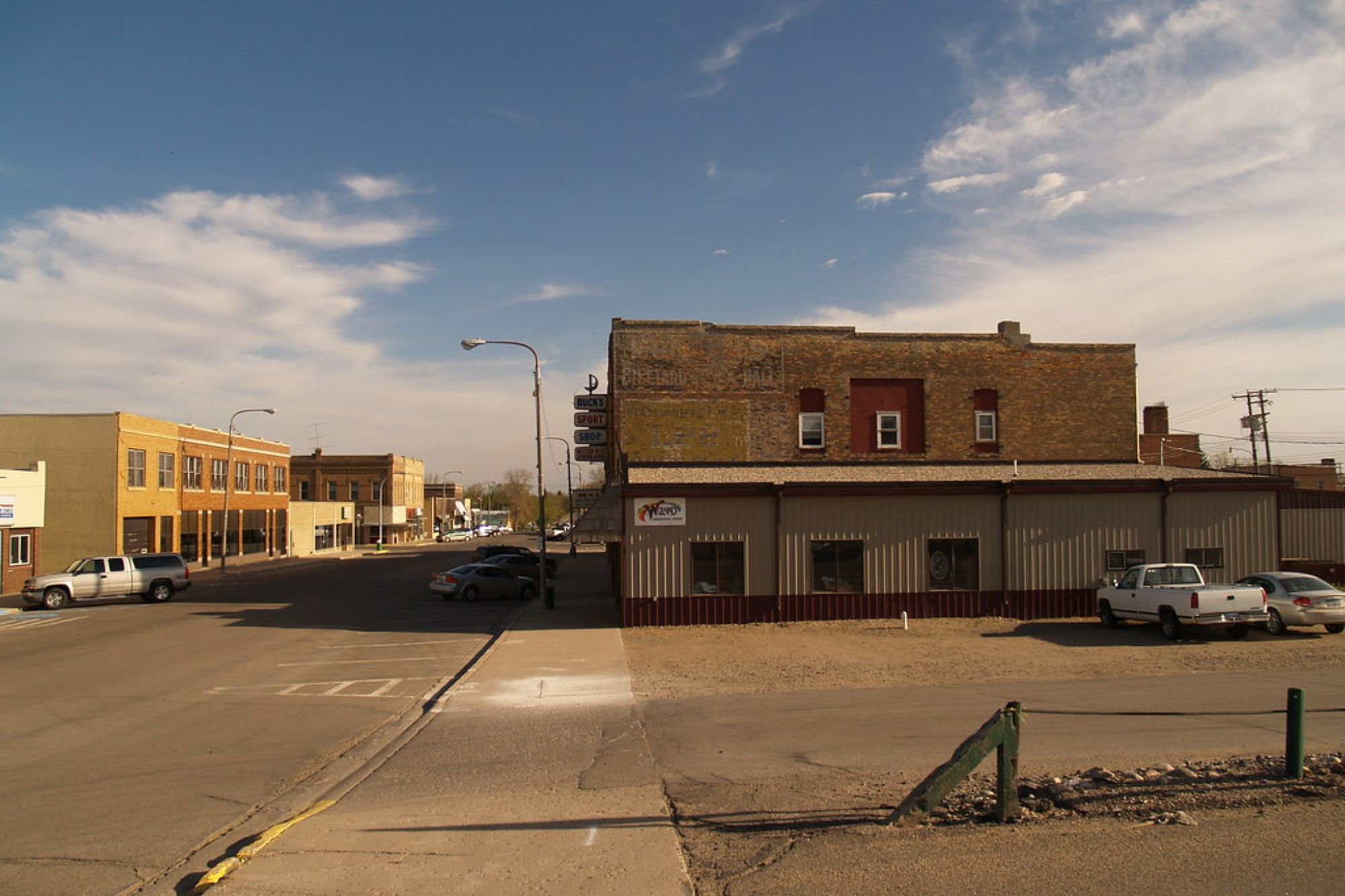
Proudly known as the geographical center of North America, Rugby embraces its historical significance with architectural preservation unmatched in the region. The Northern Lights Tower might be modern, but the surrounding business district – featuring striking early 1900s structures – remains largely unchanged from when the town served as a critical rail hub.
Prairie Village Museum contains 23 historical buildings arranged as they would have appeared a century ago. Local diners serve traditional German-Russian cuisine from recipes brought by the original settlers.
Pembina
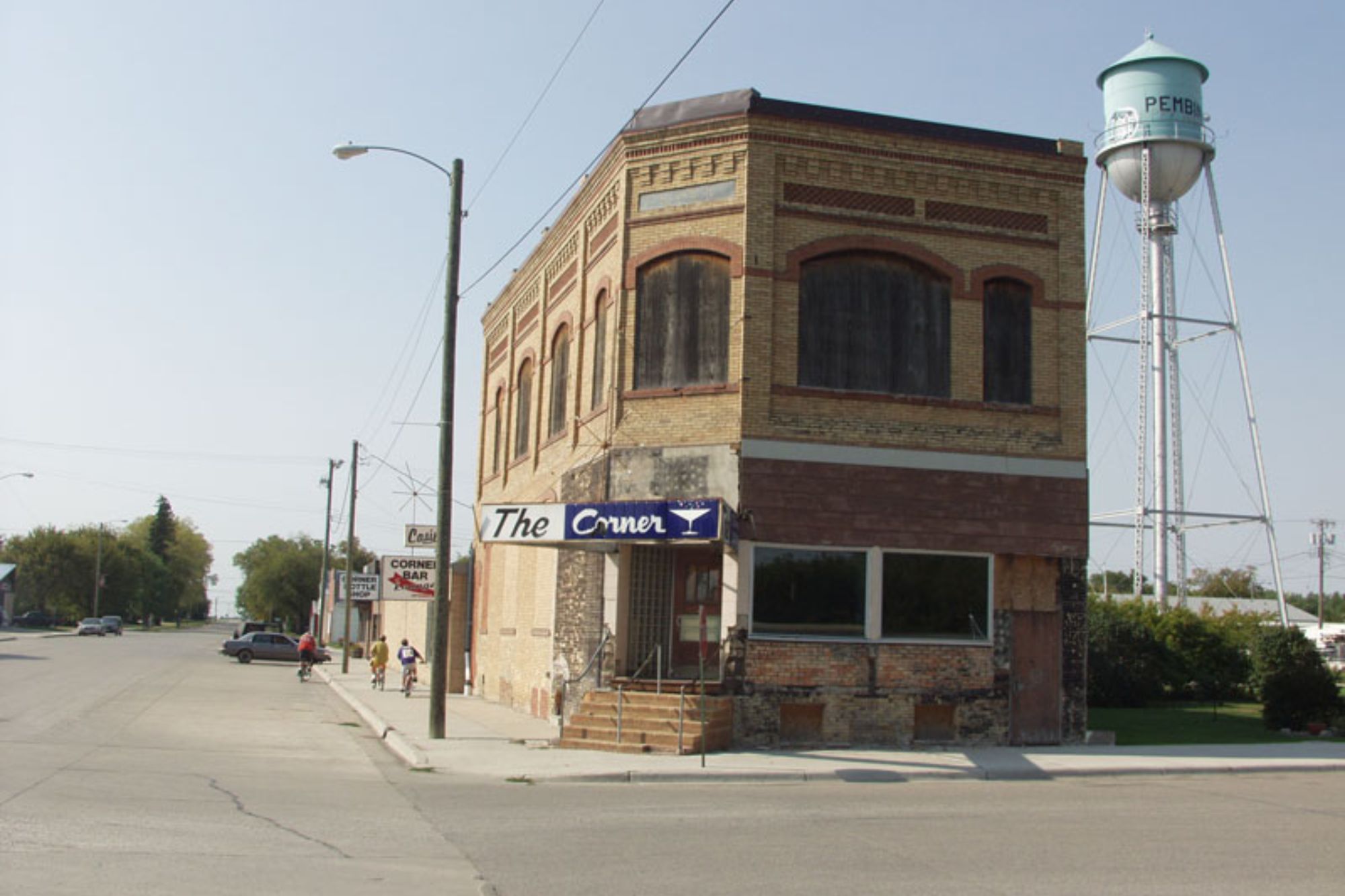
Sitting just south of the Canadian border, Pembina holds the title as North Dakota’s oldest European settlement. The Pembina State Museum preserves artifacts dating to the fur trading era of the early 1800s. Historic St. Vincent Catholic Church – constructed in 1931 – stands as a magnificent architectural example that continues to serve the community.
Traditional border town commerce practices persist with businesses that cater to both countries, maintaining customs established long before modern international regulations existed.
Like Travel Pug’s content? Follow us on MSN.
Kenmare

This small agricultural community maintains much of its Danish heritage through preserved architecture and cultural practices. The downtown square – arranged around a central park with a vintage bandstand – features intact early 20th century commercial buildings with original facades.
Local shops operate in spaces that have housed similar businesses for generations, while Danish cultural influences remain evident in community celebrations and local bakeries. The annual threshing show demonstrates farming methods that have remained essentially unchanged since the town’s founding.
New Rockford
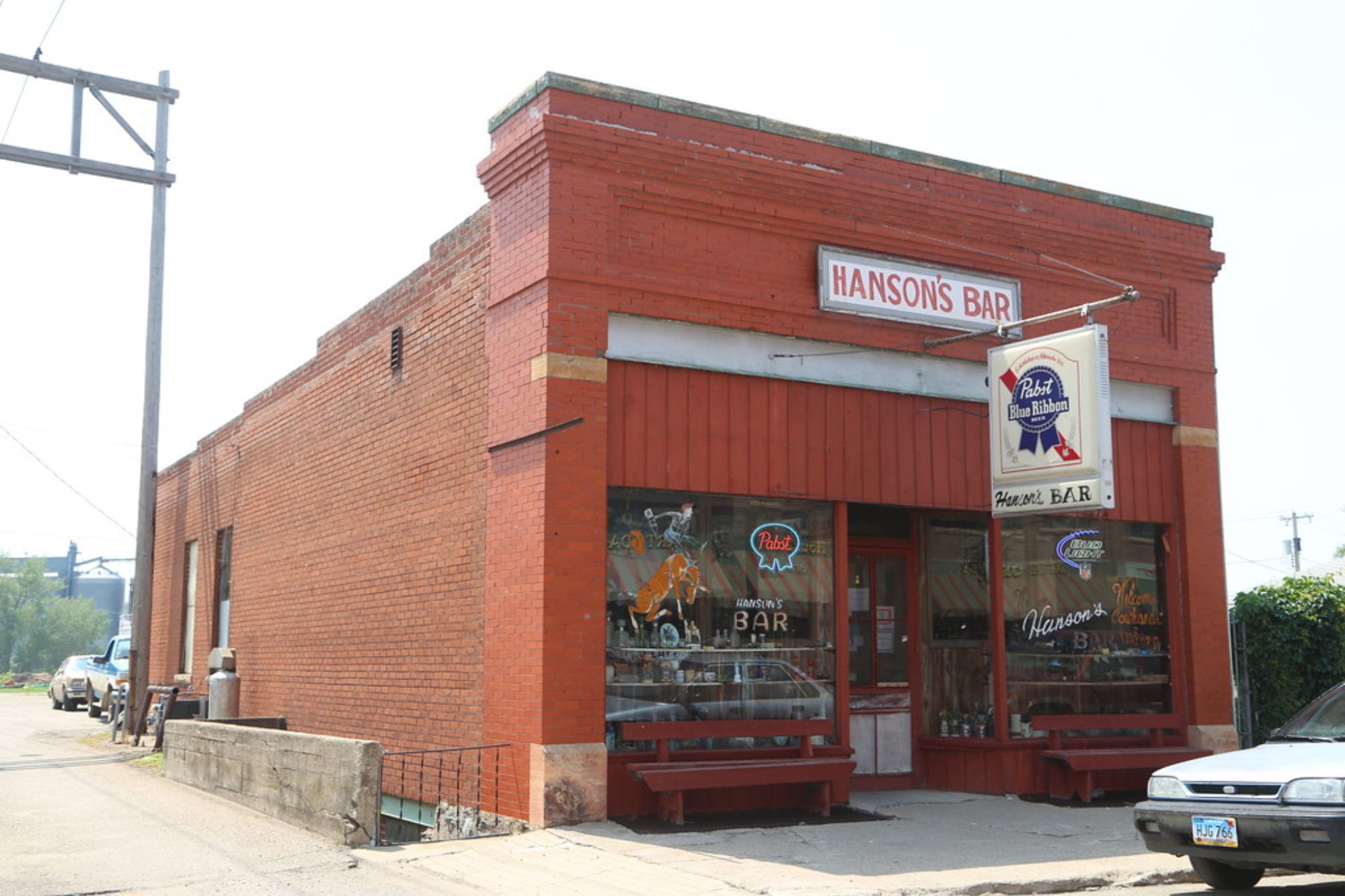
The Eddy County courthouse – a magnificent neo-classical structure built in 1902 – anchors a town where historical preservation takes precedence over modernization. Opera houses and community theaters built during the town’s early prosperity continue to host local productions.
Longtime family businesses operate from storefronts that have changed little since the Great Depression. Even modern necessities find homes in historic buildings, with the local pharmacy dispensing medicine from behind an ornate wooden counter installed in 1915.
Cavalier
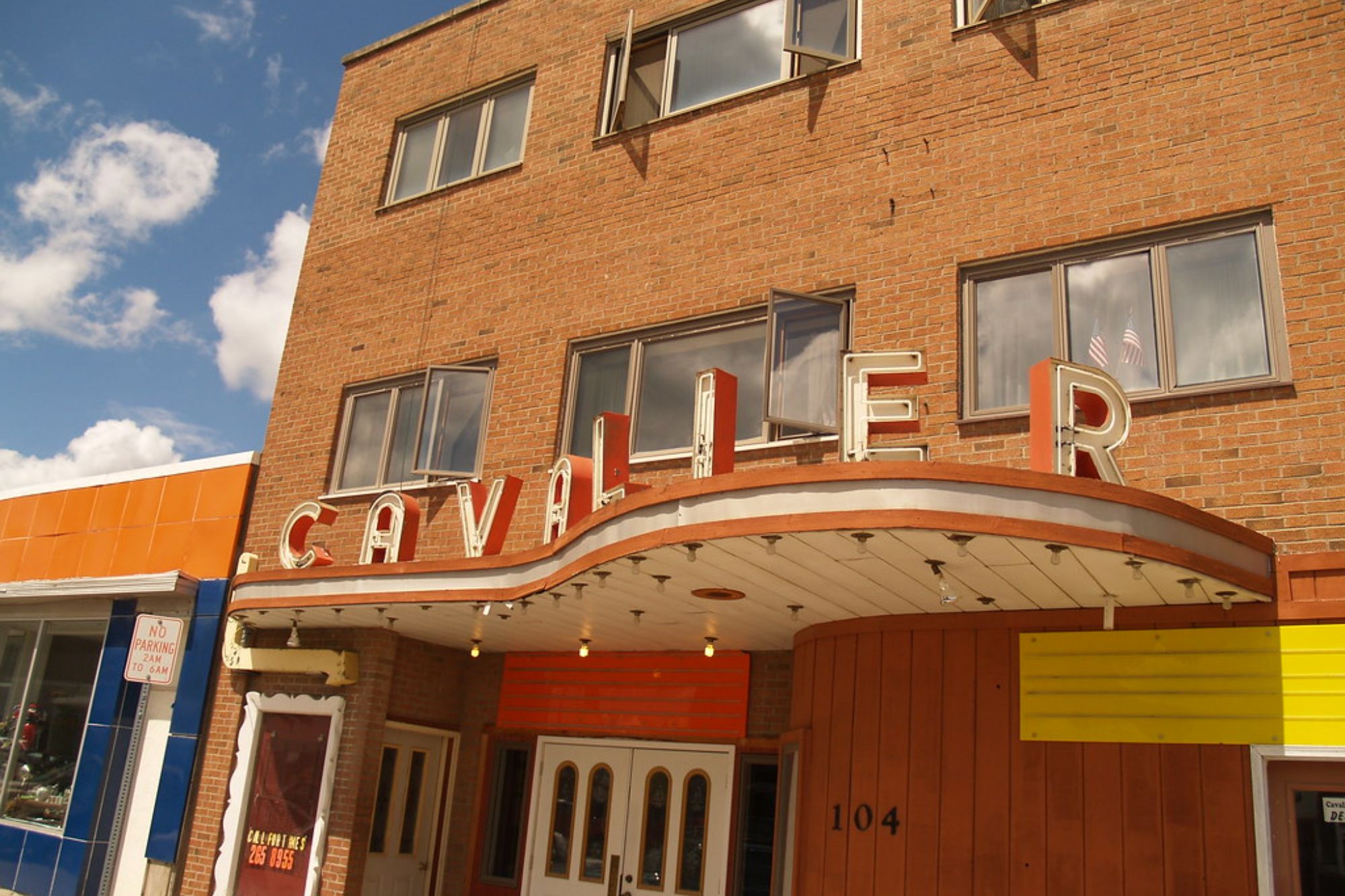
Named after Charles Cavalier, an early trader, this town maintains its agricultural heritage through both architecture and community practices. The downtown business district features striking two-story brick structures with decorative elements typical of early 20th century design.
Traditional seasonal celebrations like Cavalier’s Sugarbeet Festival connect current residents to the agricultural cycles that have dictated life here for generations. Local government still operates from an impressive 1912 county courthouse where records remain stored in original oak filing systems.
Like Travel Pug’s content? Follow us on MSN.
Bottineau
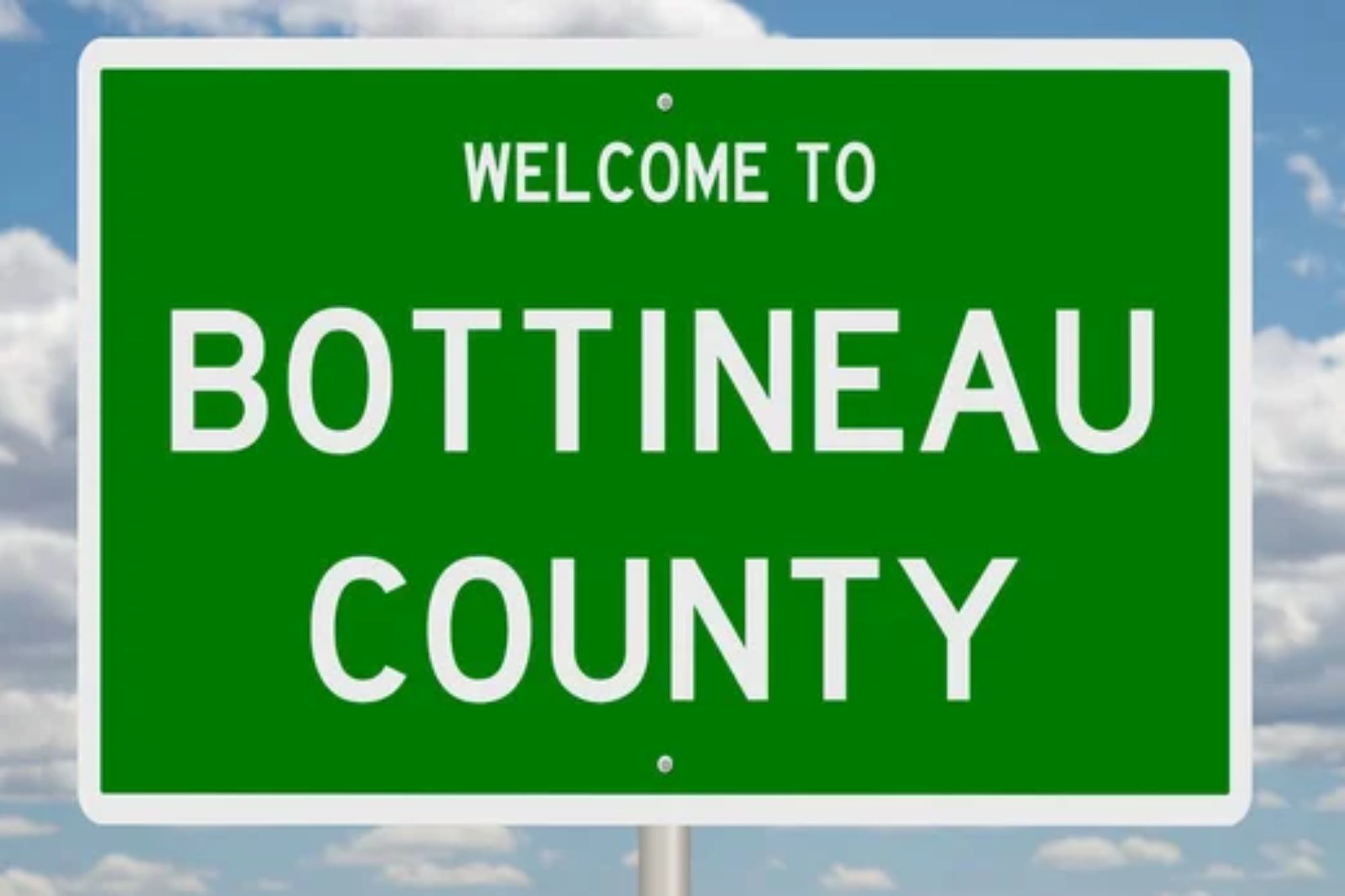
Nestled near the Canadian border, Bottineau preserves Norwegian cultural influences alongside historic architecture. The Annie’s House adaptive ski facility may be modern, but the surrounding town maintains buildings dating to its establishment in 1887.
Local traditions include winter celebrations directly descended from Norwegian customs brought by original settlers. The Main Street district maintains original storefronts housing businesses that have served the community for decades, while historic churches continue their original missions with congregations spanning generations.
Mayville
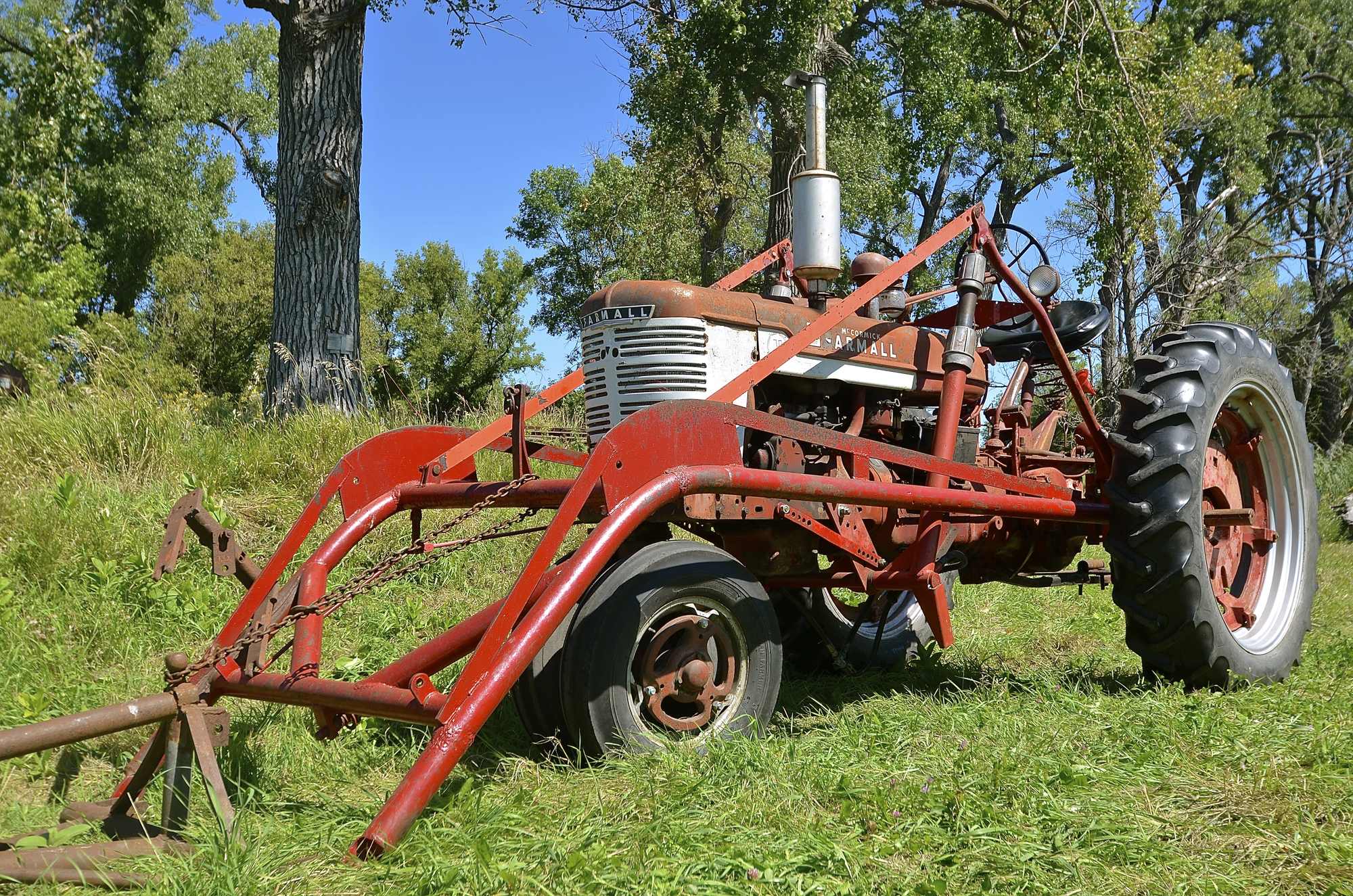
Home to Mayville State University, this town balances education with historical preservation. The campus itself contains buildings dating to the early 1900s alongside more modern facilities.
Downtown Mayville features intact commercial structures from the railroad era when the Great Northern Railway connected the community to larger markets. Family-owned businesses operate from storefronts that have maintained their appearance for a century, while community gatherings often center around traditional Norwegian celebrations that haven’t substantially changed since being established by early settlers.
Lisbon
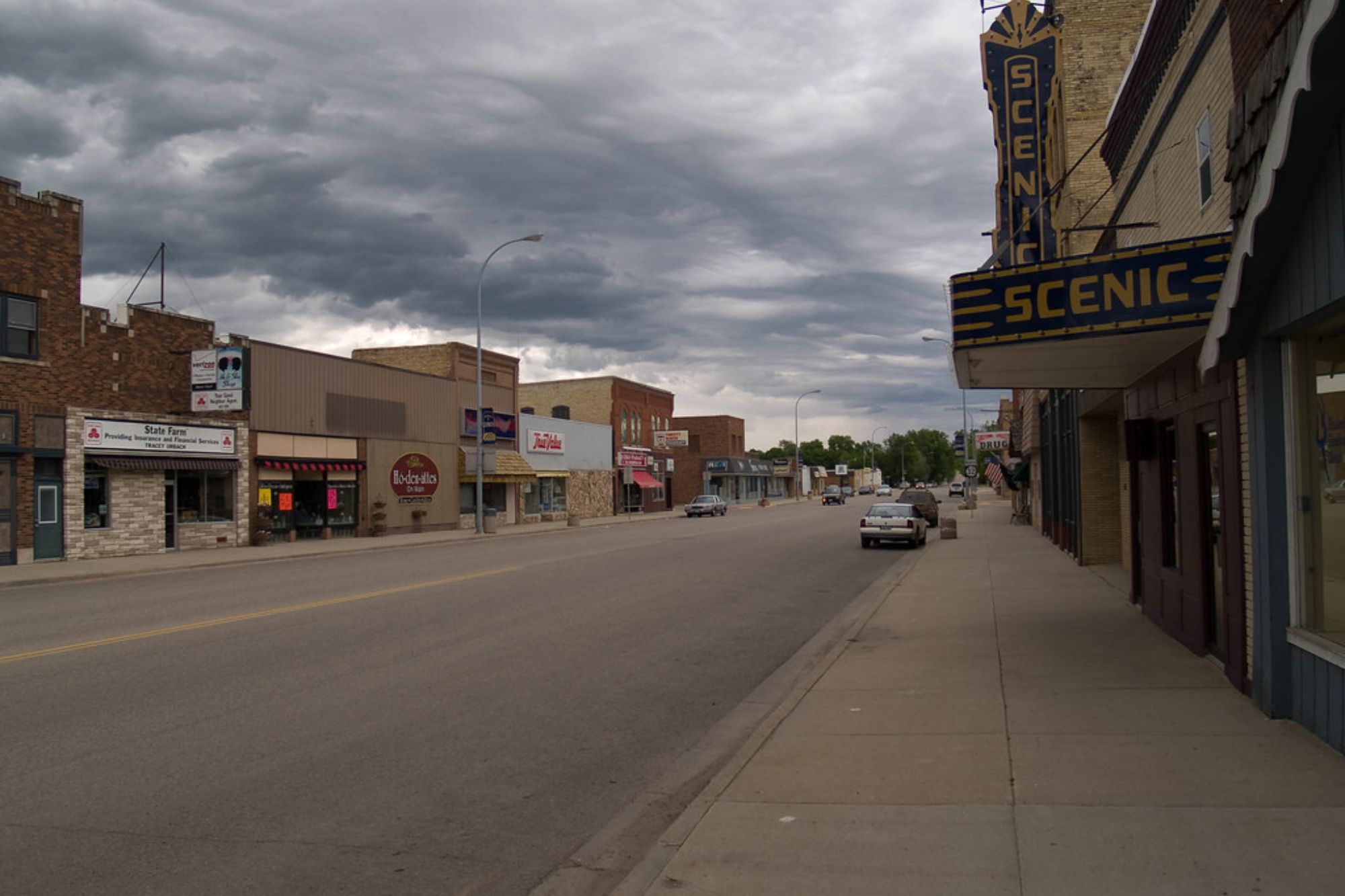
The Ransom County Courthouse anchors this community where agricultural traditions remain central to daily life. The downtown district features buildings constructed during the early 1900s boom period, many still containing original interior elements like pressed tin ceilings and hardwood floors.
Fort Ransom State Park nearby preserves pioneer homesteading practices through demonstrations and preserved structures. Local restaurants serve traditional German dishes from recipes maintained by families for generations without adaptation to modern tastes.
Like Travel Pug’s content? Follow us on MSN.
Oakes
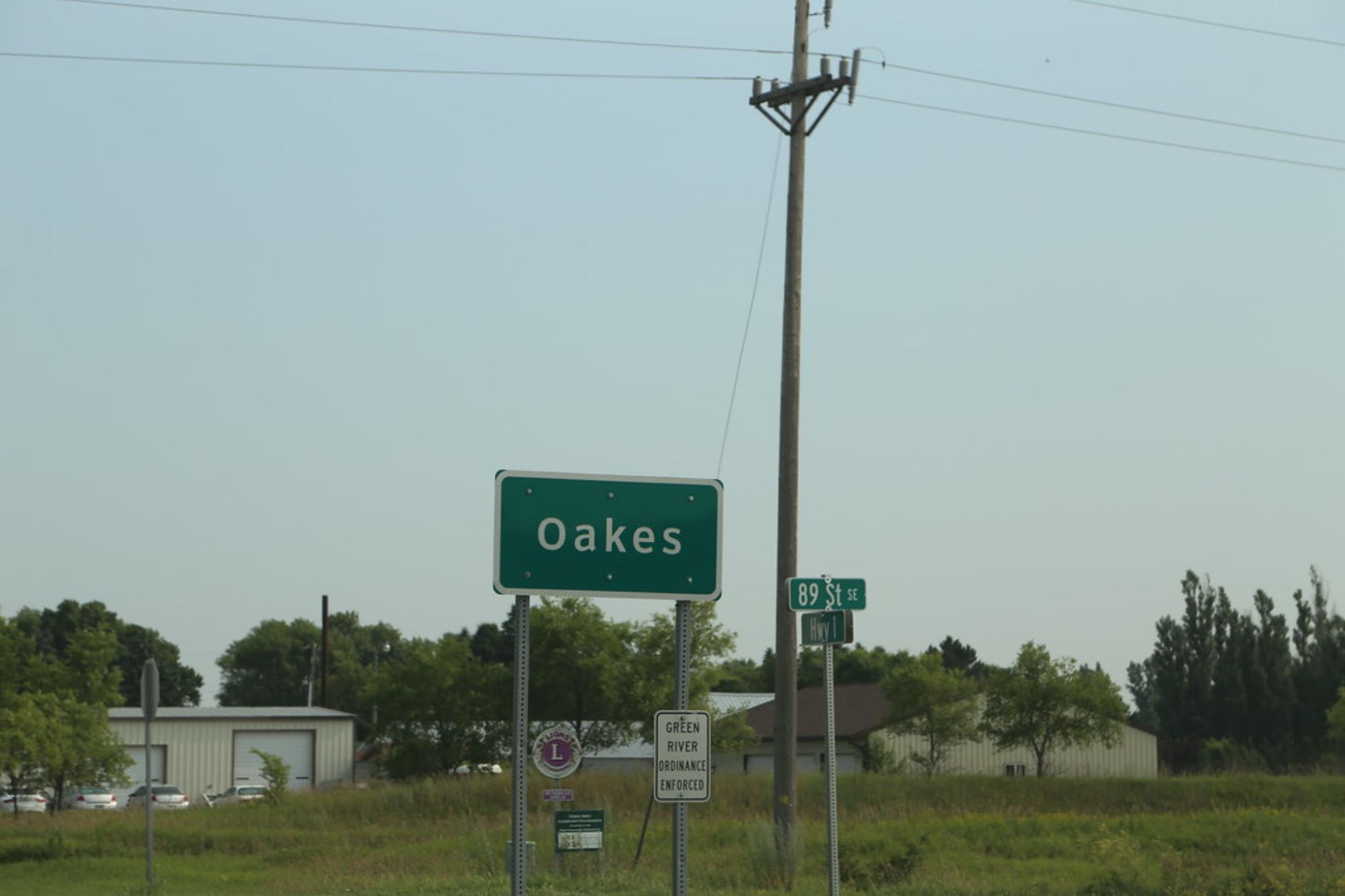
This farming community preserves much of its early 20th century appearance through careful maintenance of historic structures. The downtown area features several blocks of original brick buildings housing businesses that have served the community for decades.
Annual harvest celebrations follow patterns established generations ago, with modern equipment demonstrations alongside historical farming techniques. The local opera house, restored to its original appearance, hosts community events in a setting virtually unchanged from when it opened in 1905.
Fort Totten
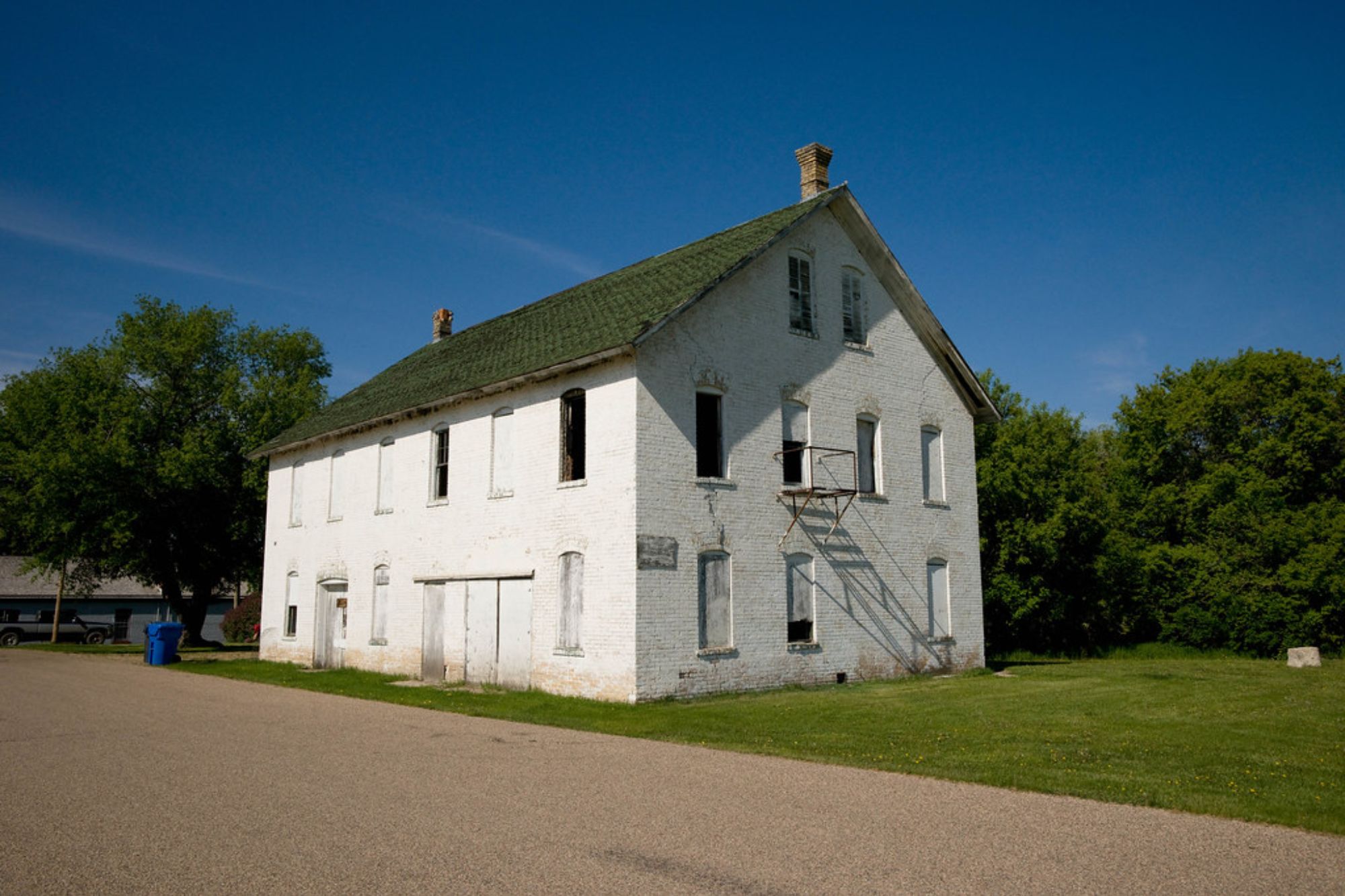
Originally established as a military fort in 1867, this community on the Spirit Lake Reservation maintains deep connections to multiple historical periods. The original fort buildings – now operating as a state historic site – remain remarkably intact.
The nearby town preserves structures related to both military and Native American history, creating a layered historical landscape. Traditional cultural practices continue among the Spirit Lake Nation members, while annual powwows demonstrate unbroken connections to ancestral traditions that pre-date European settlement entirely.
Lakota
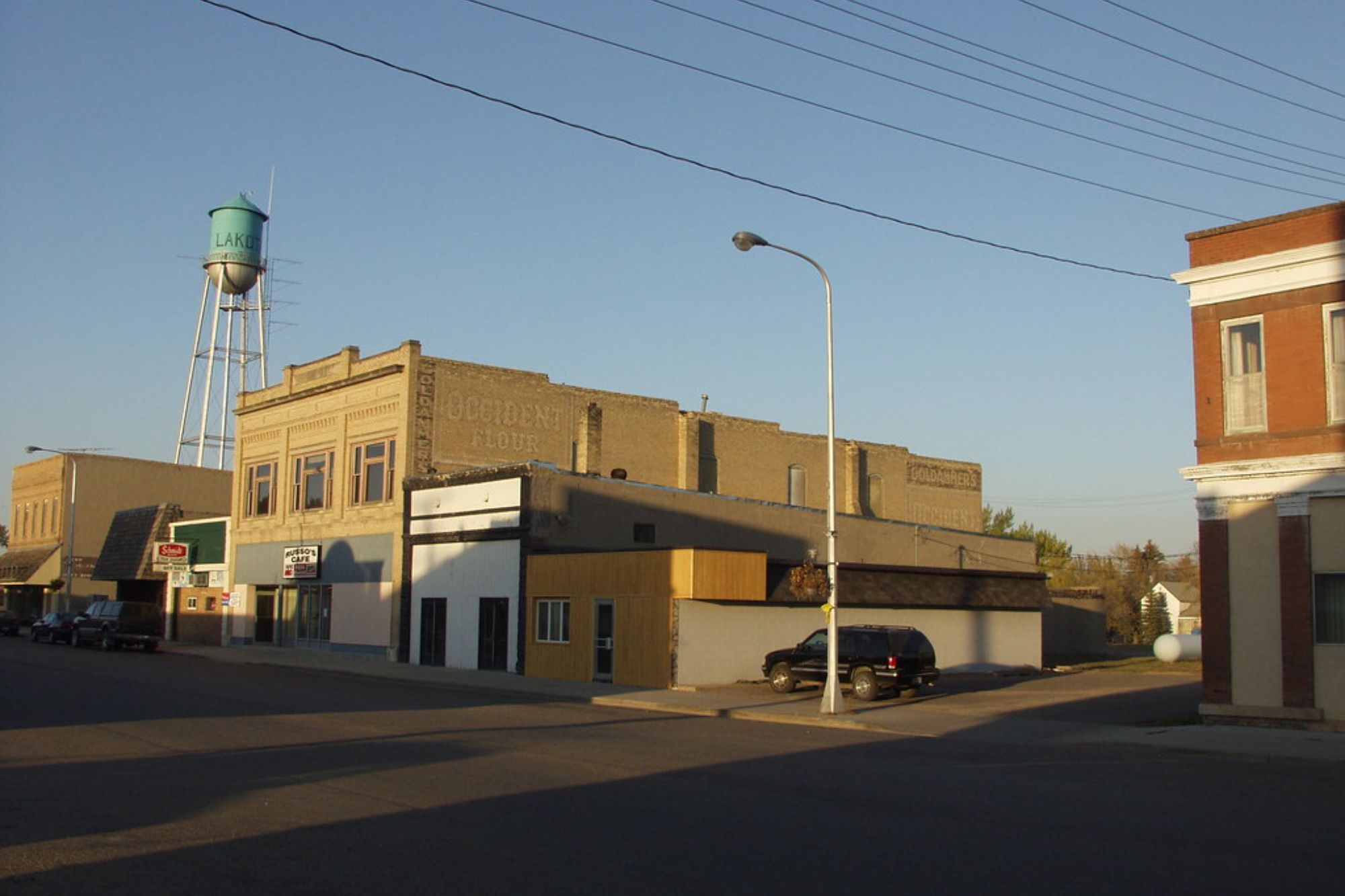
Named after the indigenous people, this small farming community preserves its early 20th century character through both architecture and cultural practices. Main Street contains numerous original structures with minimal modern alterations, housing businesses that provide the same services they have for generations.
The grain elevator – still operating as originally designed – stands as a testament to the agricultural foundation that remains central to community identity. Traditional seasonal celebrations mark the passing year just as they have since the town’s founding in 1883.
Like Travel Pug’s content? Follow us on MSN.
Abercrombie

With roots dating to the fur trading era, Abercrombie maintains tangible connections to multiple historical periods. Fort Abercrombie State Historic Site preserves military structures from the 1860s.
The nearby town contains commercial buildings dating primarily to the early 1900s, many still serving their original purposes. Community life centers around traditions established generations ago, with church socials and agricultural celebrations following patterns recognizable to the town’s founders.
The local museum houses artifacts donated by families who have occupied the same farms for over a century.
Preserving Prairie Heritage: Where Past Meets Present
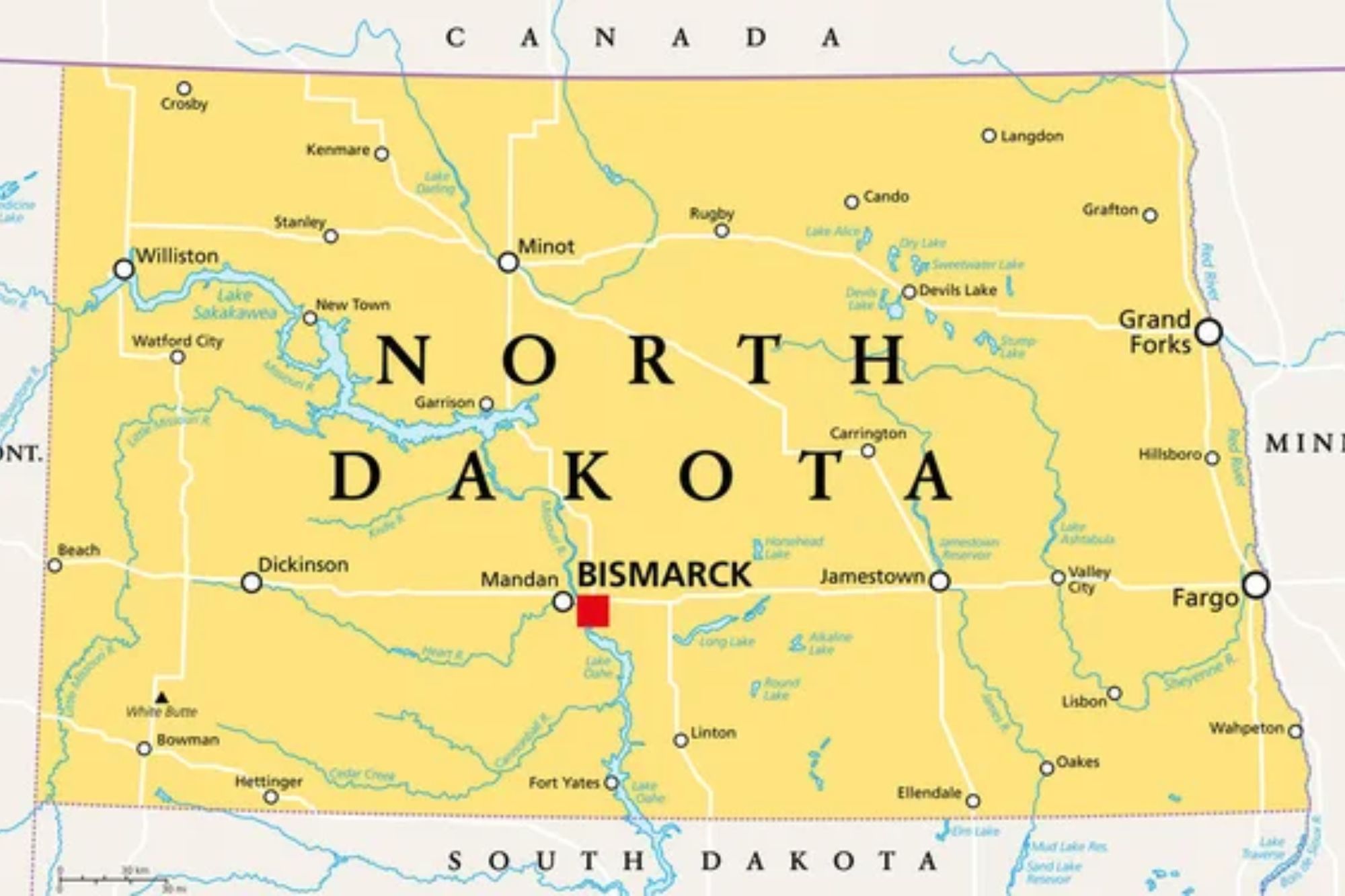
These North Dakota communities demonstrate remarkable resilience against the homogenizing influence of modern development. Their preserved architecture provides more than aesthetic value—it offers physical connection to the state’s formative periods.
Through deliberate preservation efforts and natural economic factors that limited radical redevelopment, these towns maintain authentic links to earlier eras. Visitors seeking alternatives to cookie-cutter development find in these communities genuine connections to North Dakota’s rich historical tapestry, experiencing places where the past doesn’t just echo—it continues to shape daily life in meaningful ways.
More from Travel Pug

- Cities Growing so Fast You Won’t Recognize Them in 10 Years
- 13 Destinations Where Tourists Regularly Regret Their Trip
- 20 Obscure WWII Sites Even History Buffs Don’t Know About
- 10 Under-the-Radar Mountain Towns That Are Both Affordable and Beautiful
- 20 Abandoned Places That Feel Like Real-Life Post-Apocalyptic Movie Sets
Like Travel Pug’s content? Follow us on MSN.
